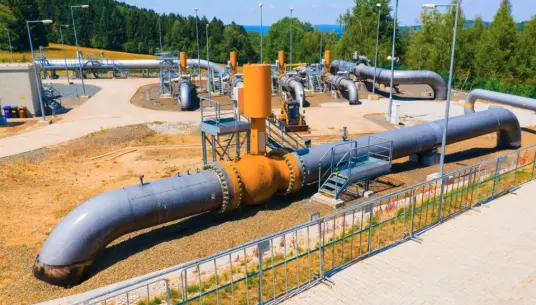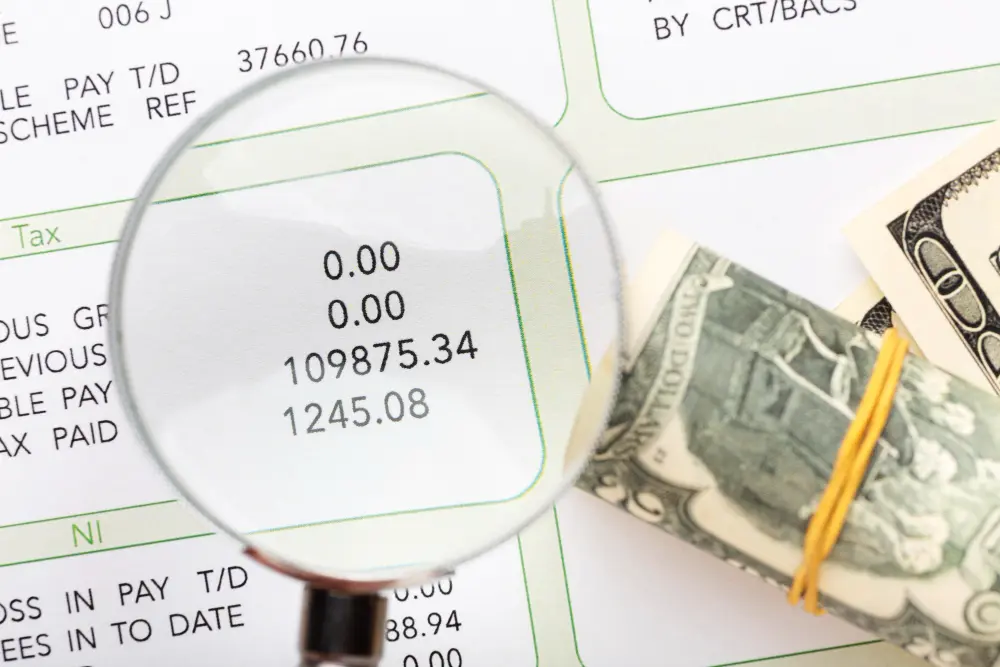Consumers more upbeat
Consumer confidence in Italy gained almost a full point, reaching its highest level since February, with improvements noted in both the economic climate and personal sentiment. Respondents showed a more positive perspective on the Italian economy and consistently reported diminishing concerns about future unemployment. Interestingly, this seems to translate into a modest increase in the opportunity to purchase durable goods, but hasn't yet shown up in purchasing intentions.
A prudent attitude from consumers, reflected in an increase in the savings rate, had been at the heart of the second quarter's private consumption disappointment. Given recent gains in purchasing power resulting from decent wage growth and tamed inflation, private consumption might once again prove a growth engine throughout the remainder of the year – but the jury is still out on this.
Some tentative evidence of a strengthening in consumption is offered by the clear improvement in retailer confidence, supported by a reported rise in sales and a decrease in stocks.
Manufacturing confidence pick-up provides some comfort after poor August industrial production data
After the publication of poor industrial production data in August, concerns about the possibility of an exit from a long-lasting recession in the sector had mounted. Today’s release provides some comfort. Manufacturing confidence was up a full point in October, reaching its highest level since May 2024. This was backed by an improvement in domestic and foreign orders, as well as a decline in the reported level of inventories.
The improvement was broad-based and more marked among producers of investment goods, possibly suggesting that the lower interest rate environment is ultimately prompting businesses to put money towards boosting capacity, notwithstanding lingering trade-related uncertainty.
Construction confidence still propelled by infrastructure
The October data also confirmed the resilience of construction confidence, signalling continued strength in the infrastructural component and a minor weakening in the residential one.
No surprises here; the implementation of the investment part of the EU-funded national recovery plan is entering its final stage as we inch closer to the August 2026 deadline. This is a pattern that looks set to last over the next year or so. If anything, what surprises us most is the resilience of the residential domain, irrespective of the end of the generous Superbonus incentive
Services confidence softens marginally with marked differences across sub-sectors
The marginal decline in market services confidence results from slight declines in transport and storage and in services to businesses, as well as solid gains for information and communication and tourism services. Service sectors have been bearing the burden of growth over the last few quarters. Being less exposed to direct tariff risk, they should be in a position to remain a growth driver, even with some sense of fatigue.
Confidence data support our view of positive GDP growth in the fourth quarter
All in all, the batch of October confidence data provides tentative evidence of a decent start for the final quarter of 2025. Lacking hard data, it is still too early to make blunt calls, but it seems possible that the Italian economy might post positive quarterly growth by the end of the year, with a balancing pattern.
From the supply side angle, manufacturing might play again a positive role in value added generation in support to services; on the demand side, private consumption might be back as a growth driver together with investments.














































































